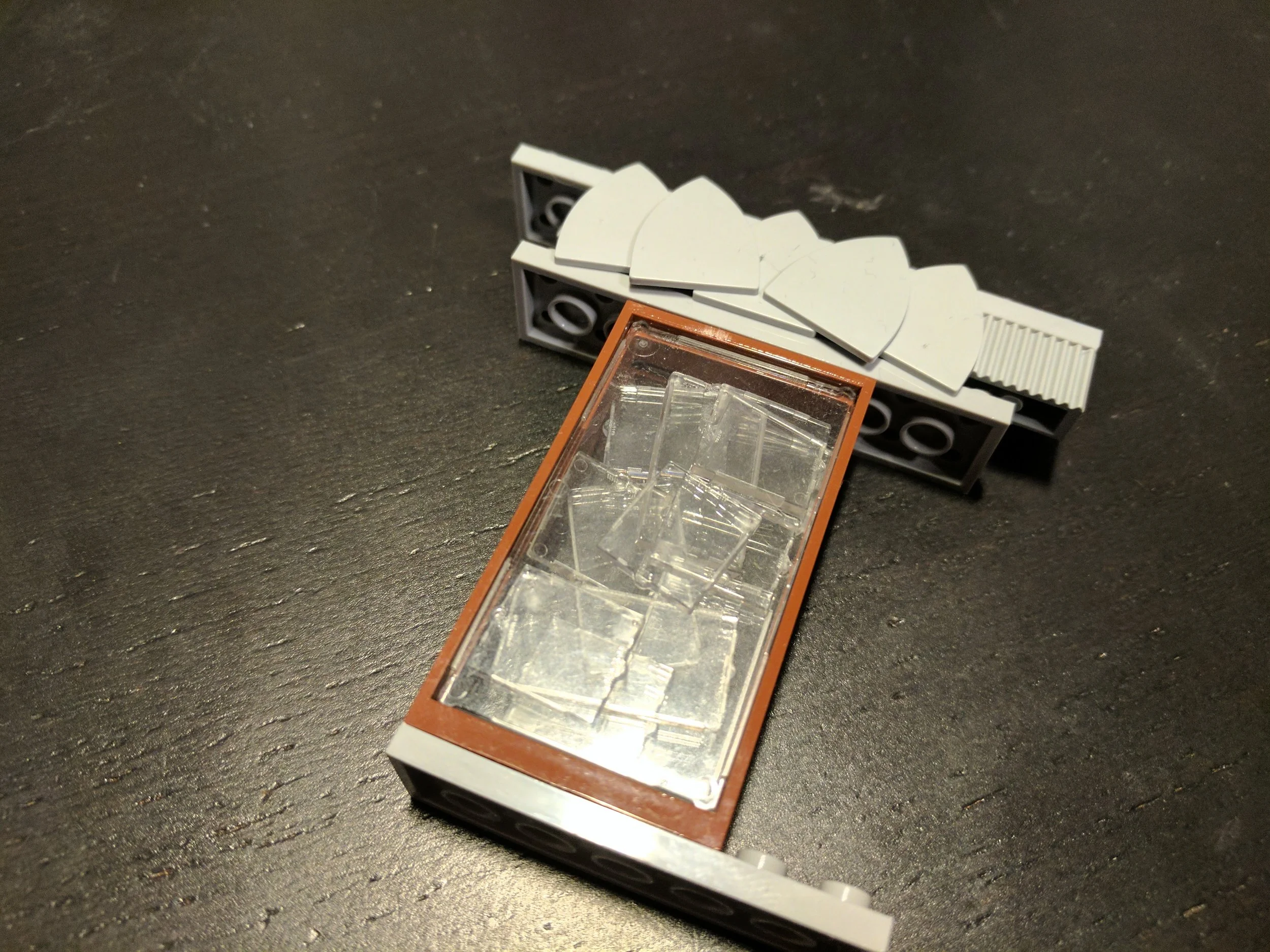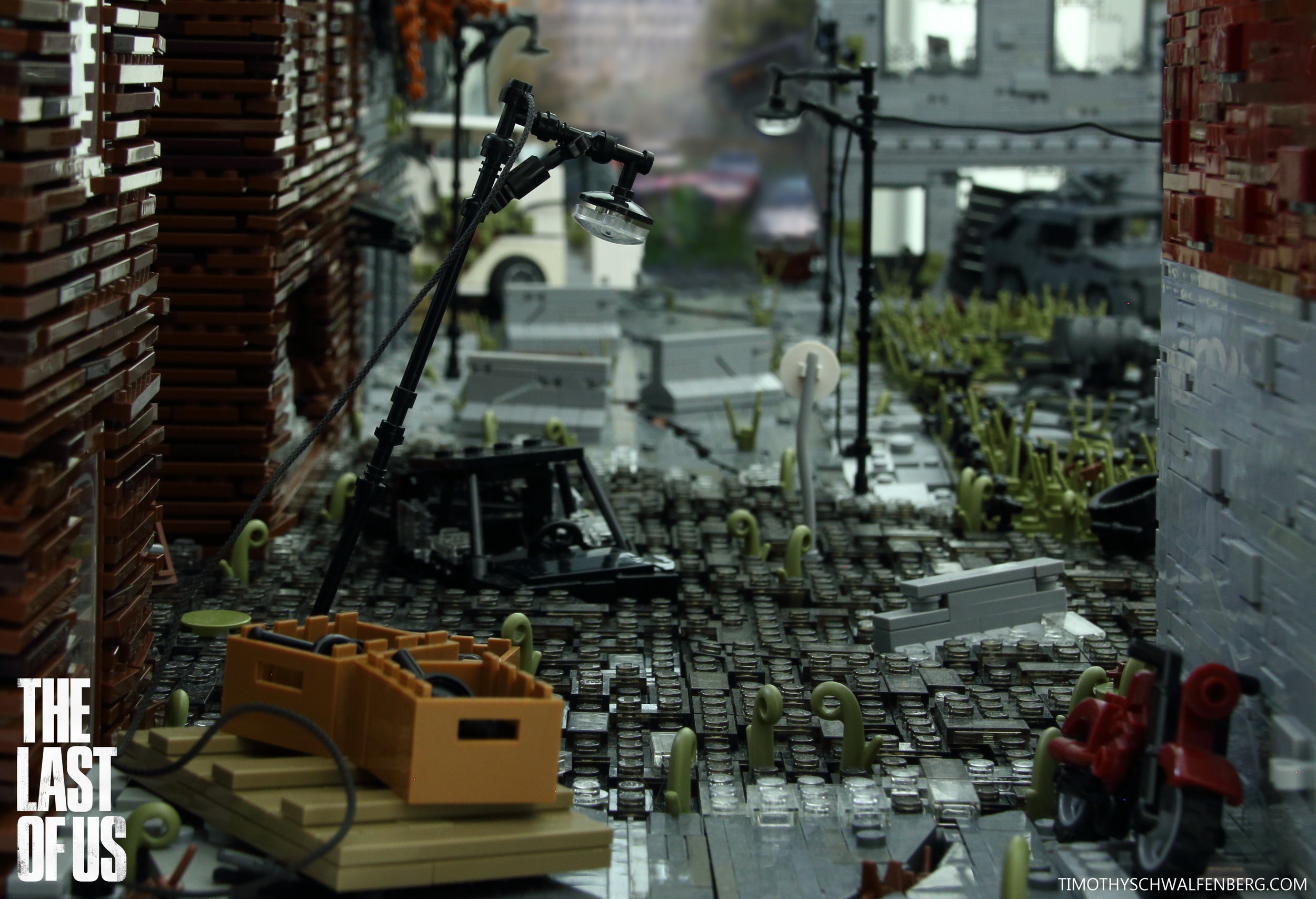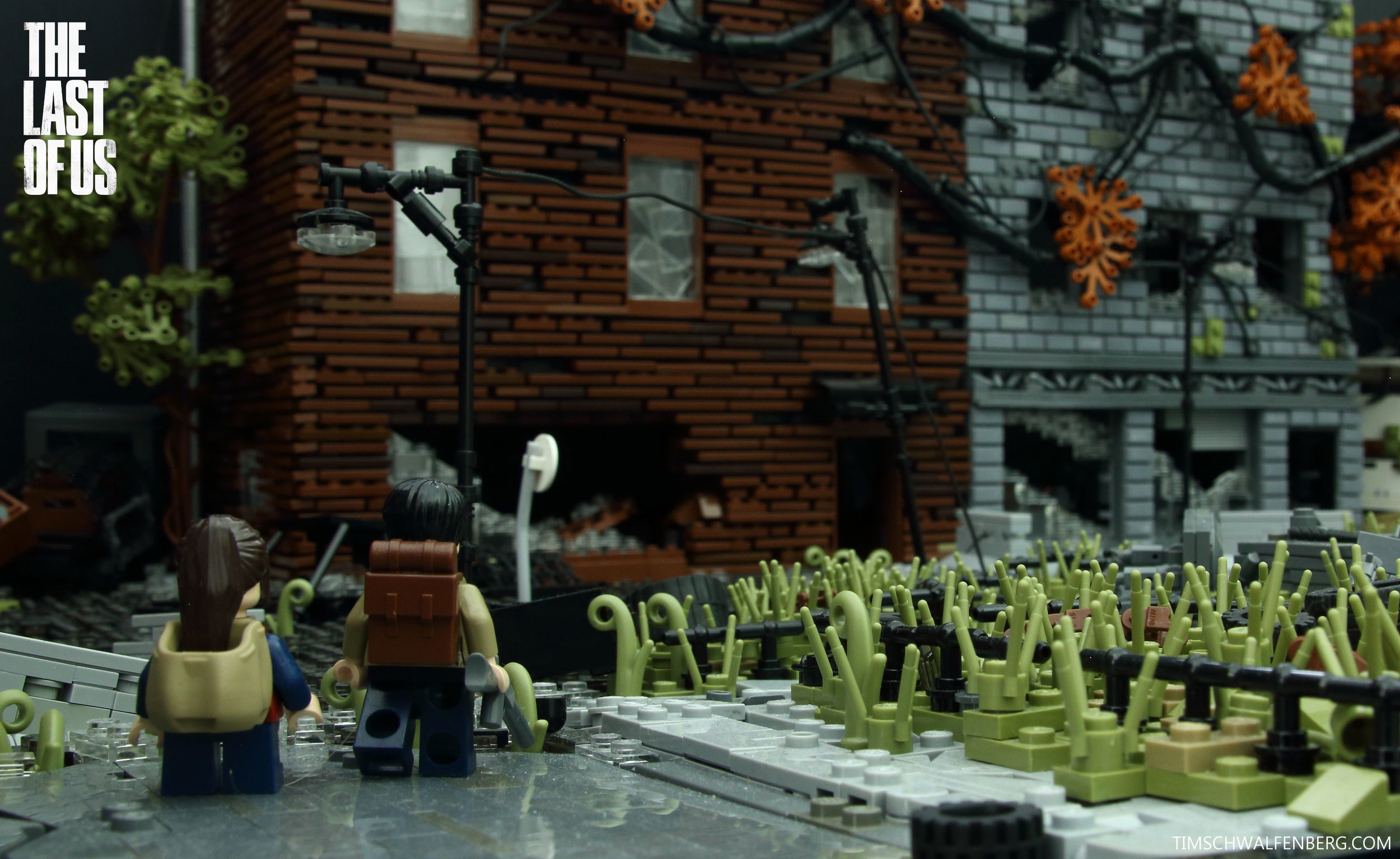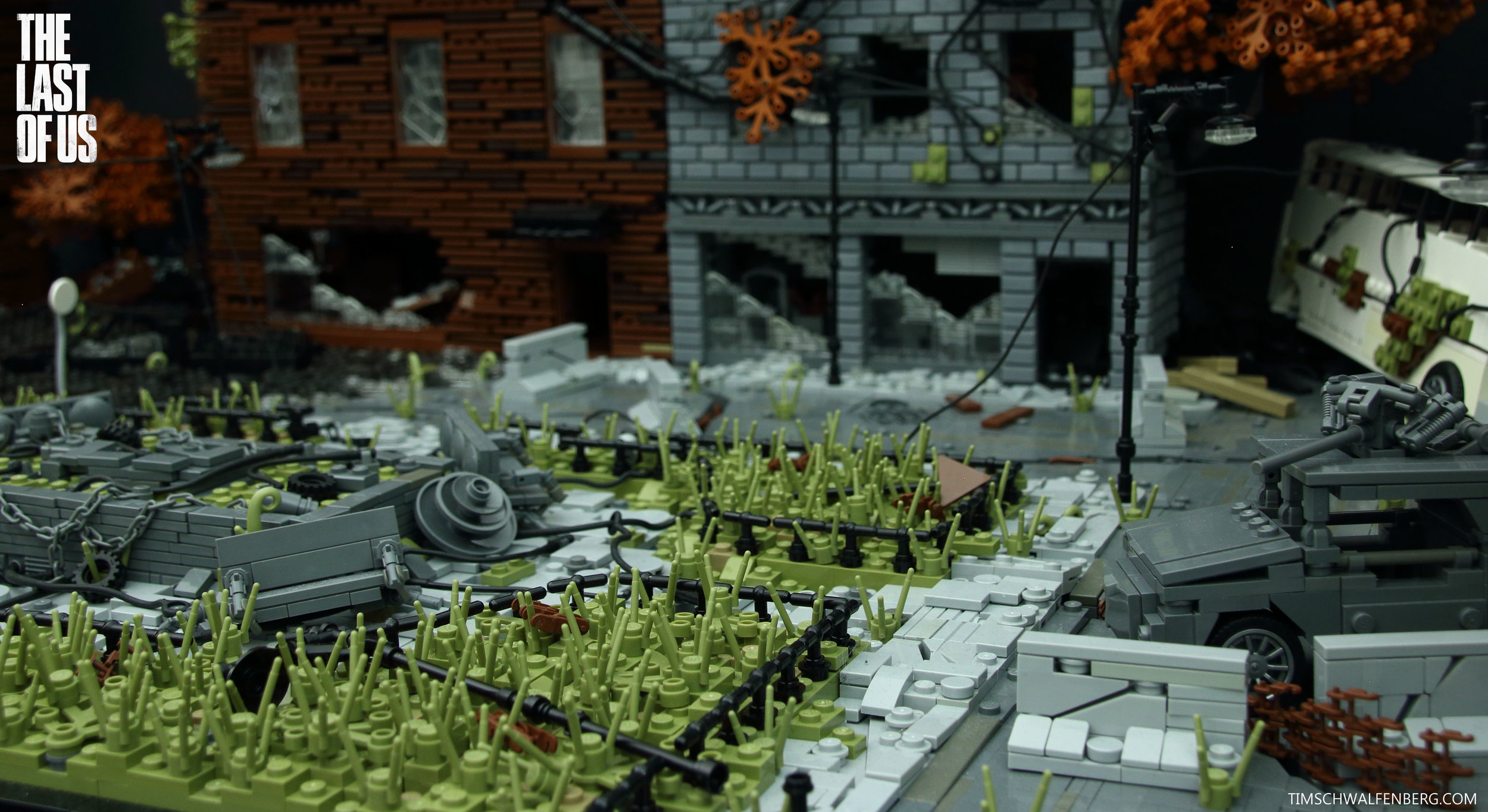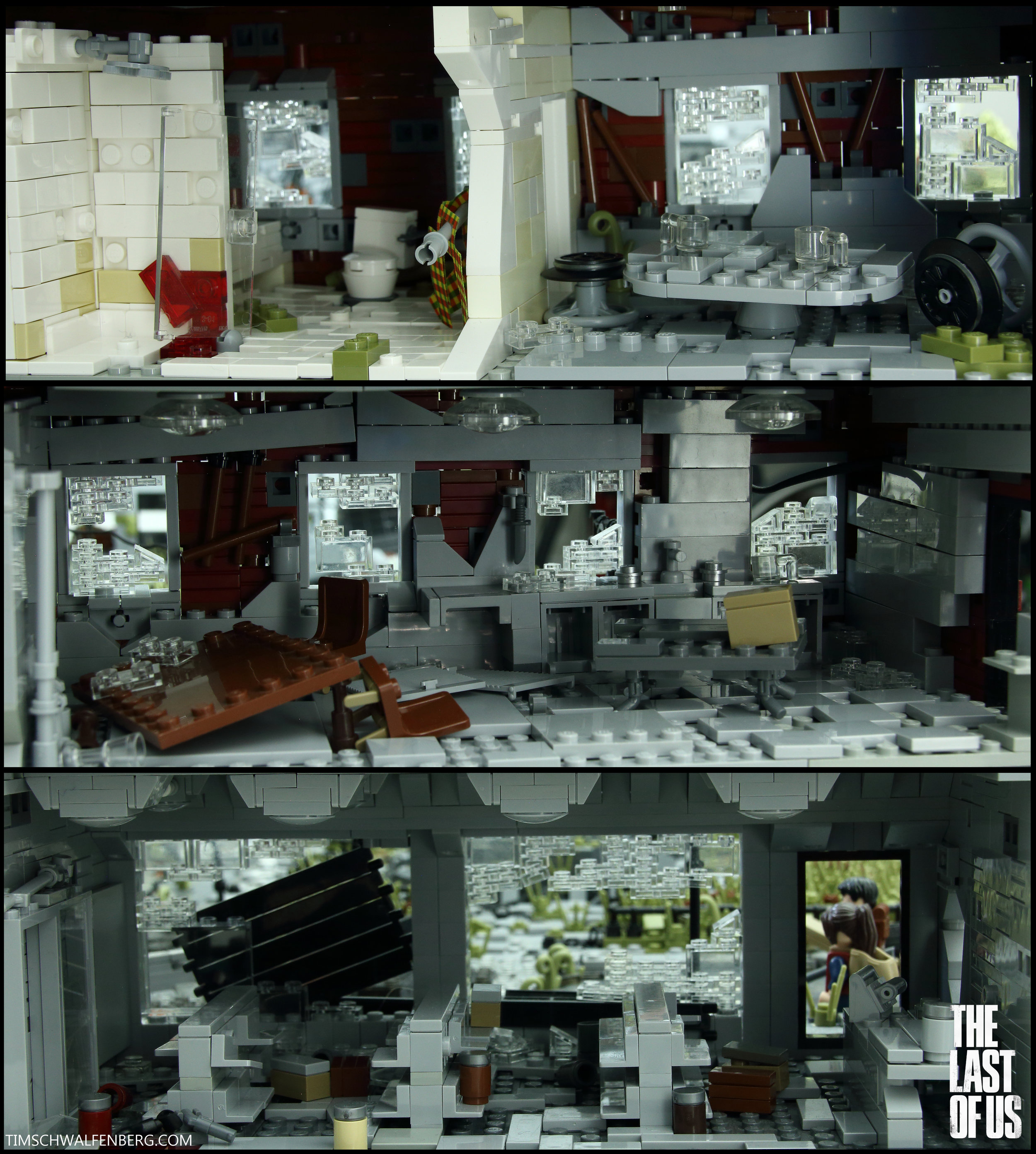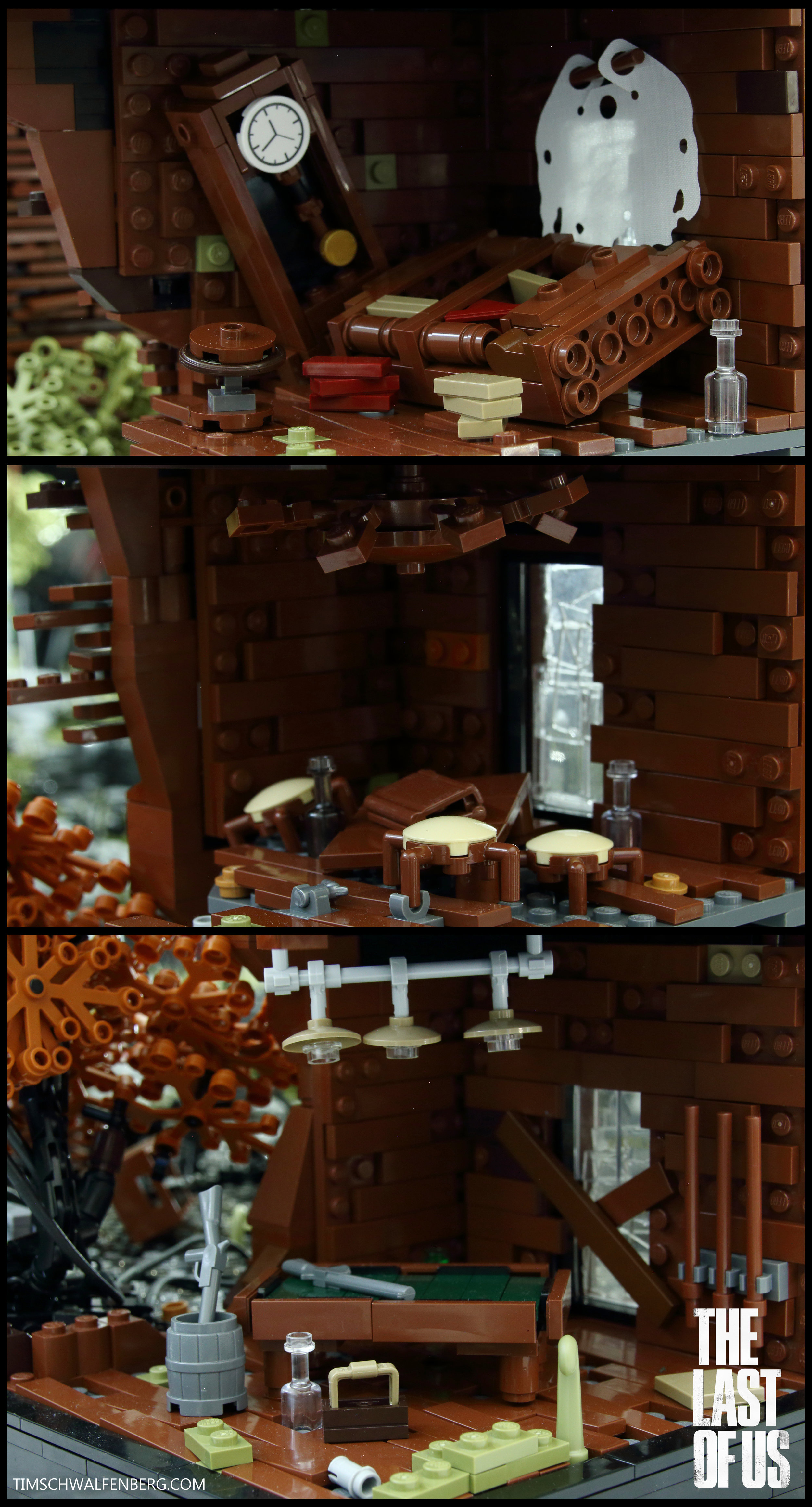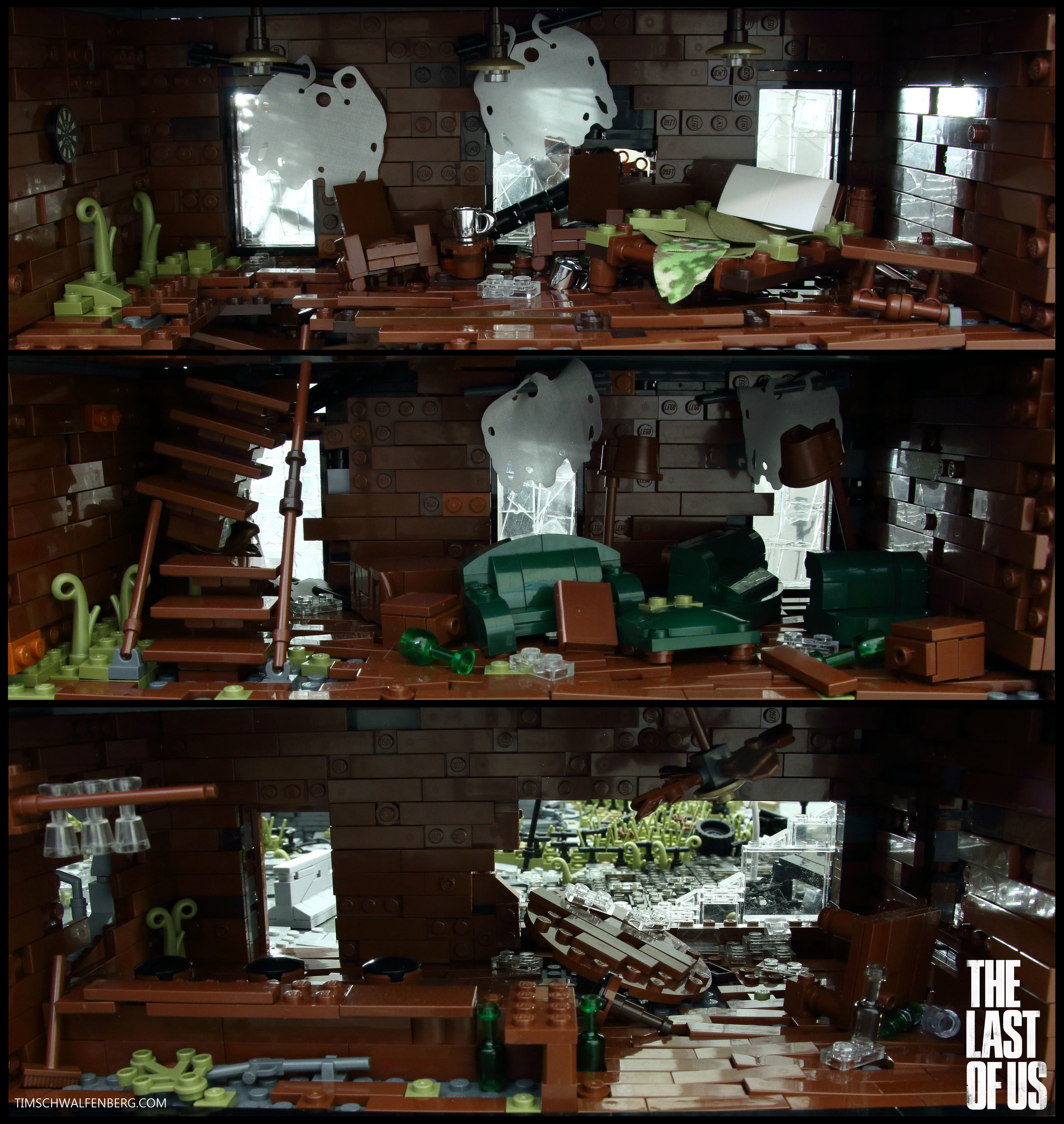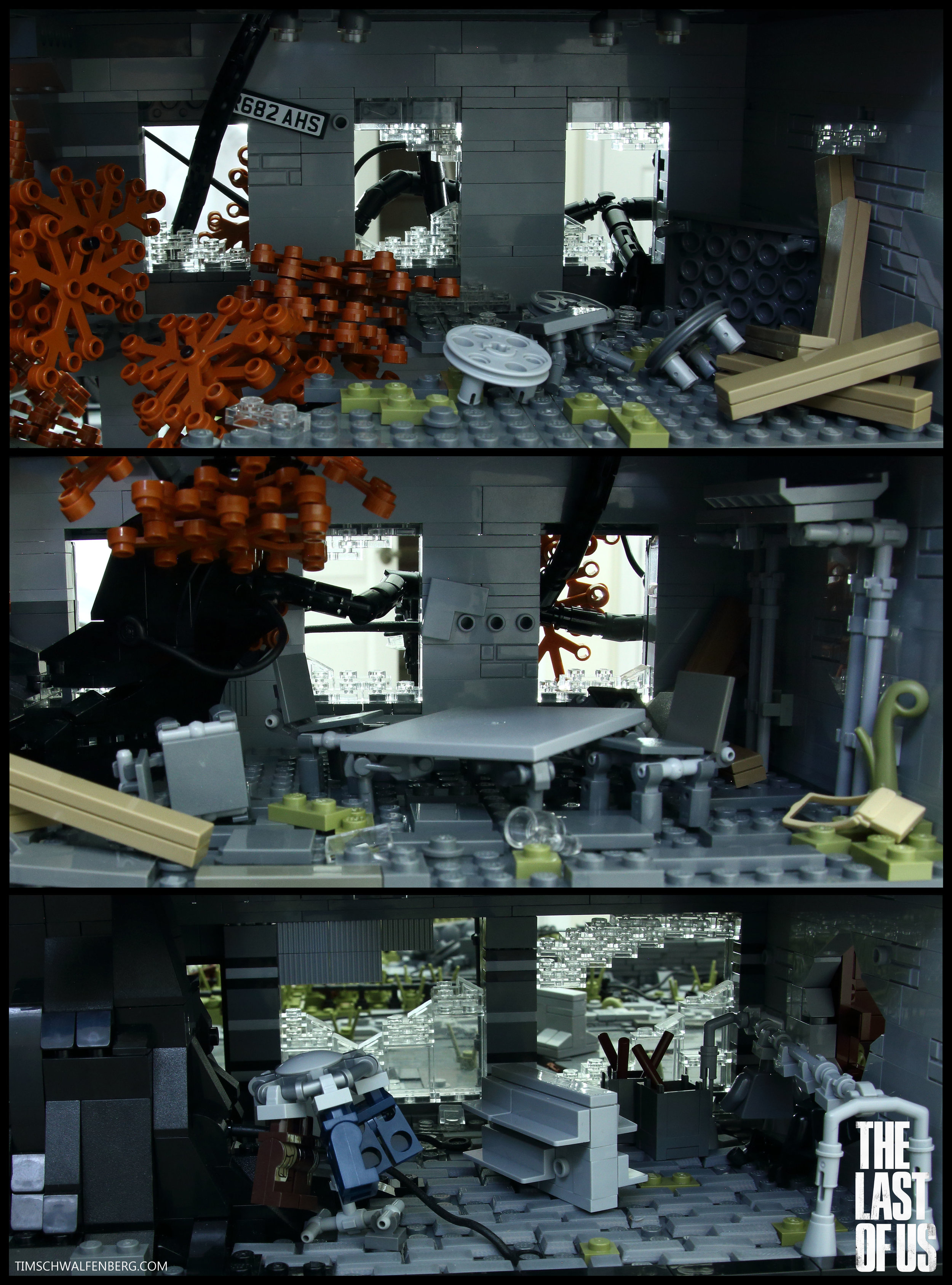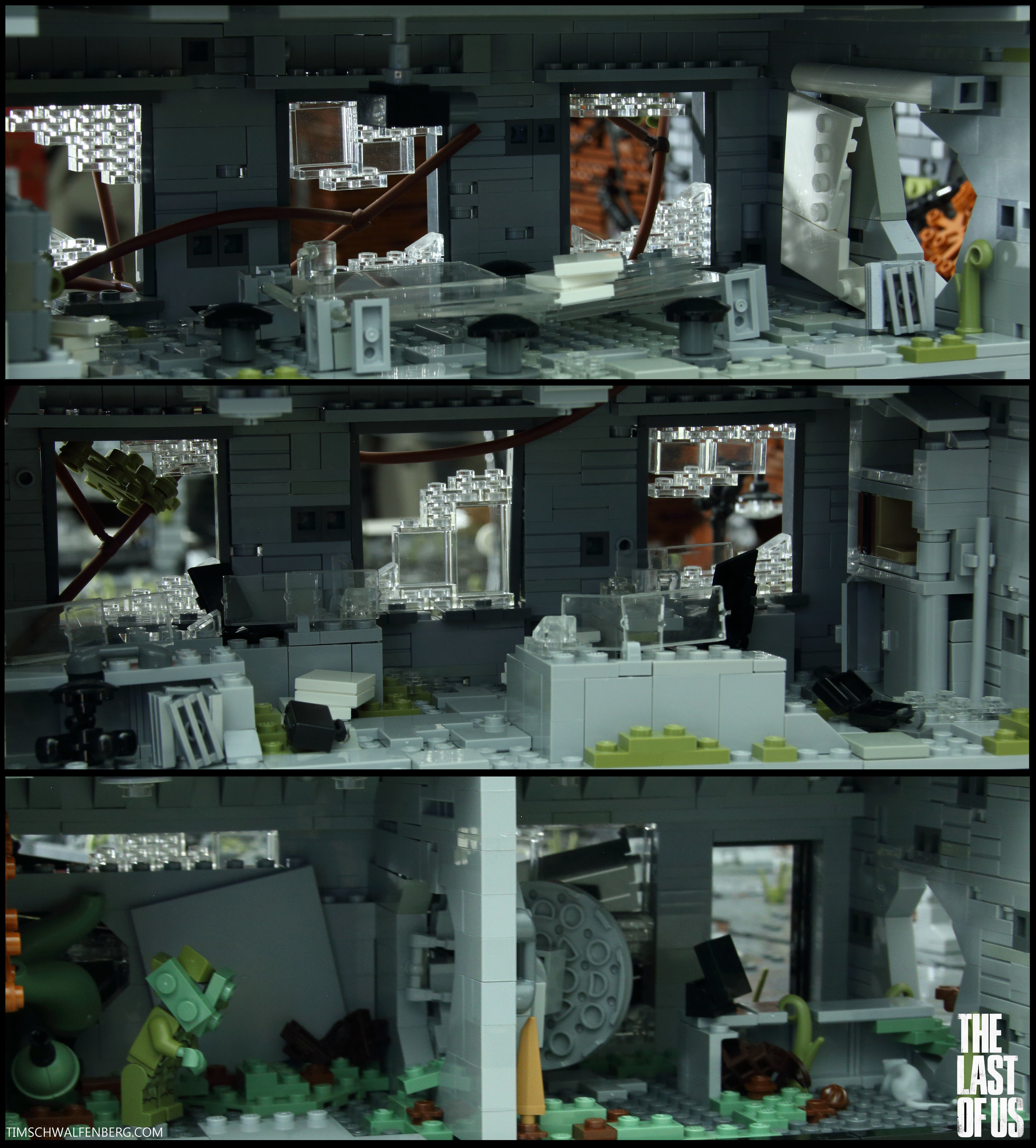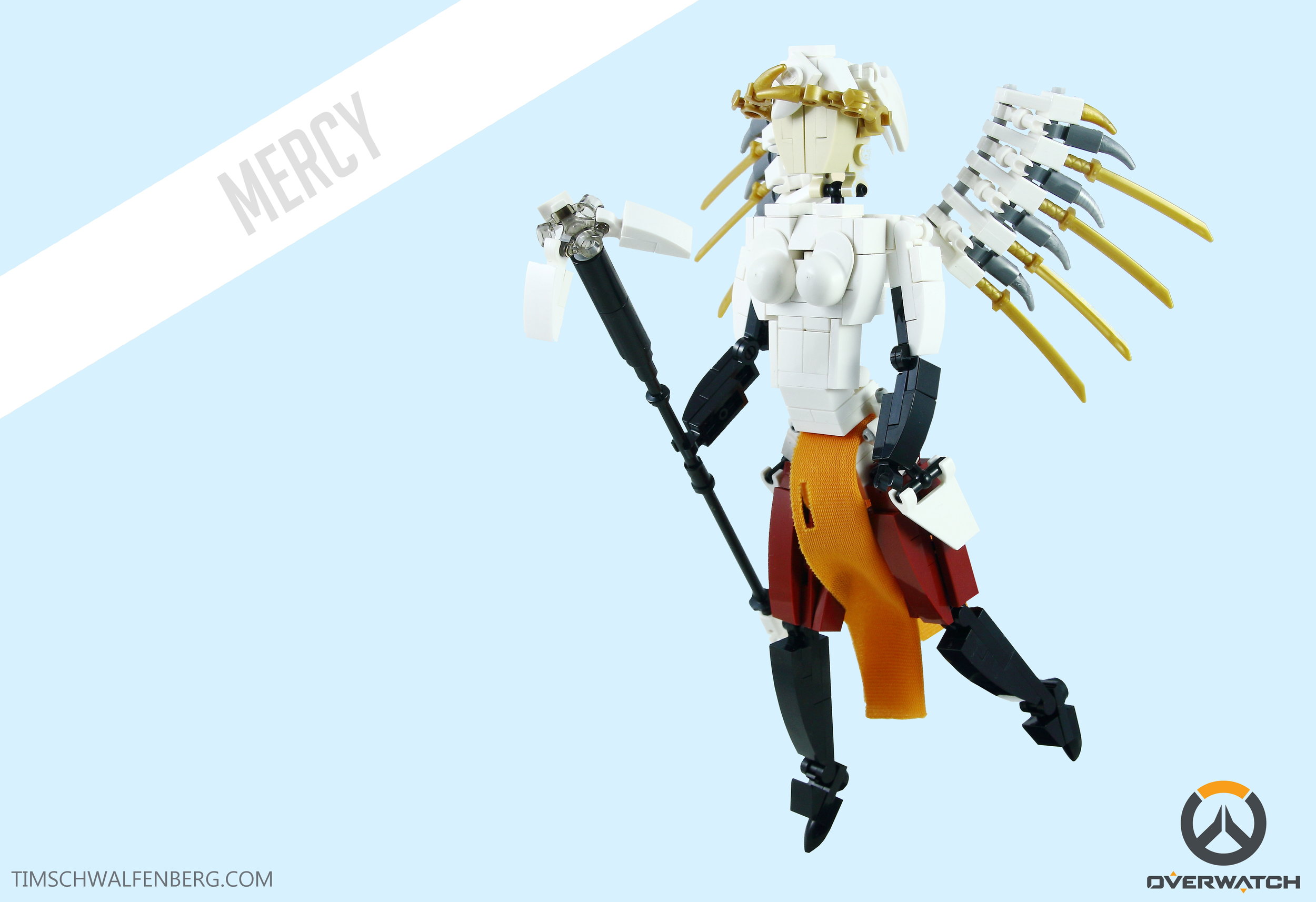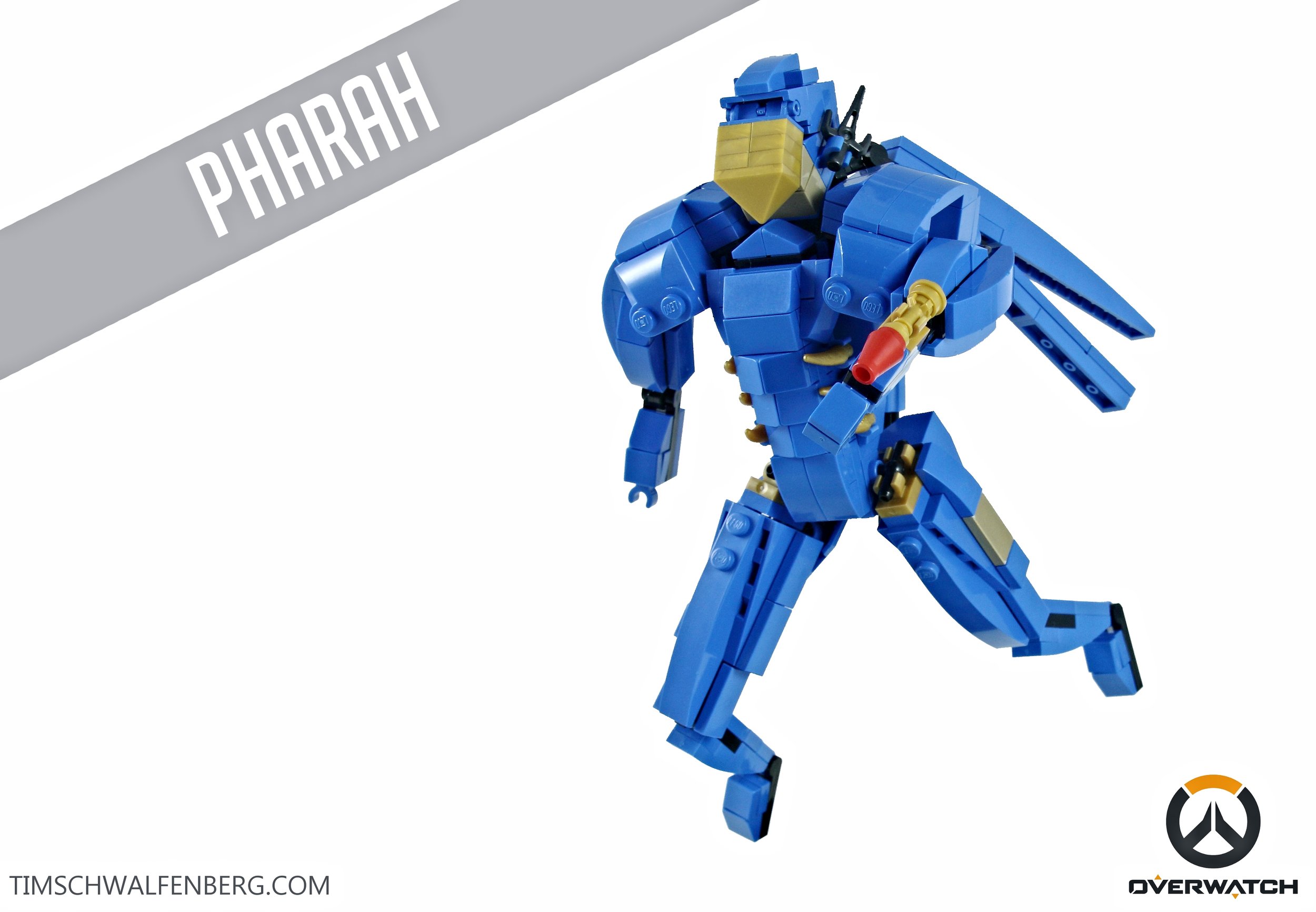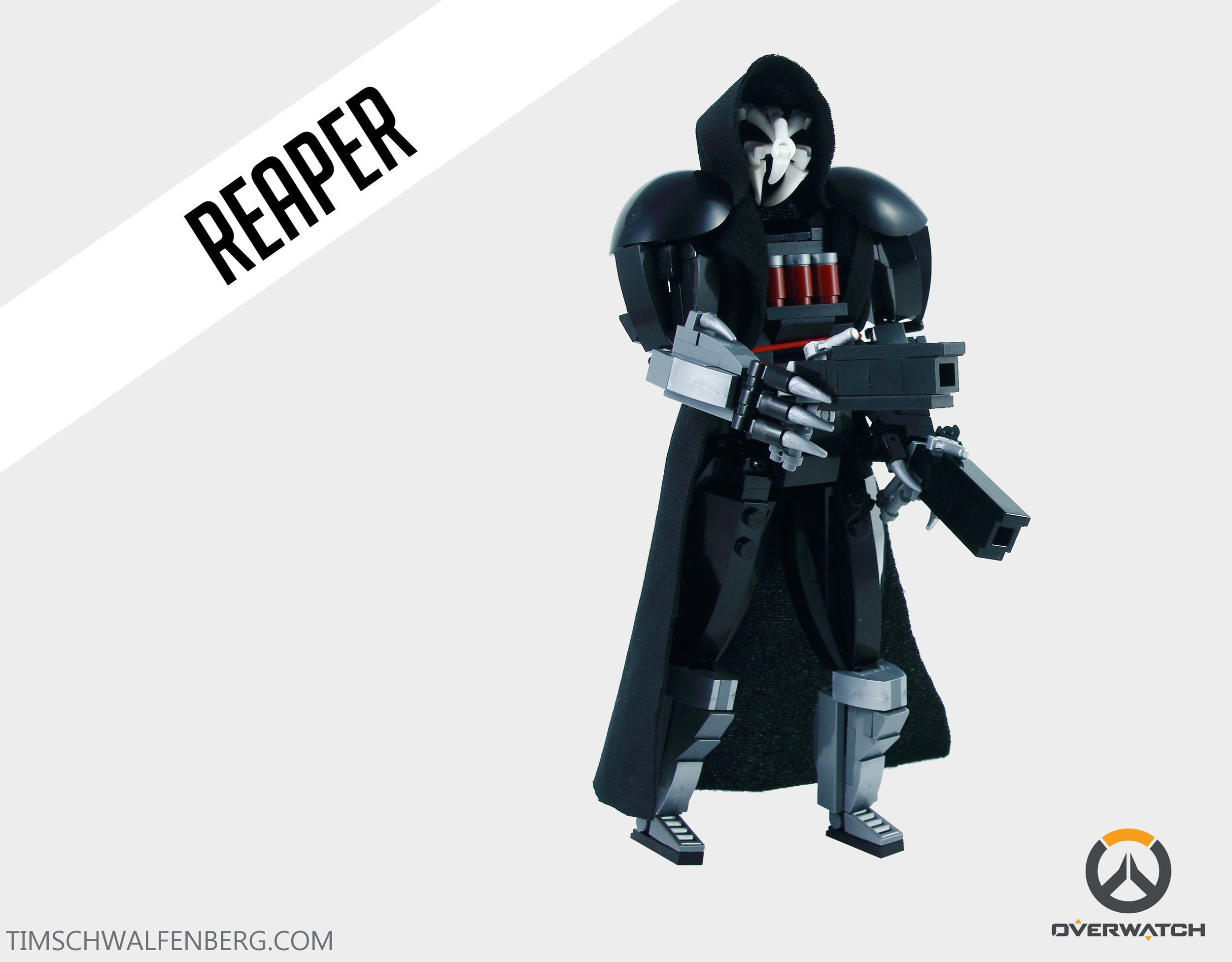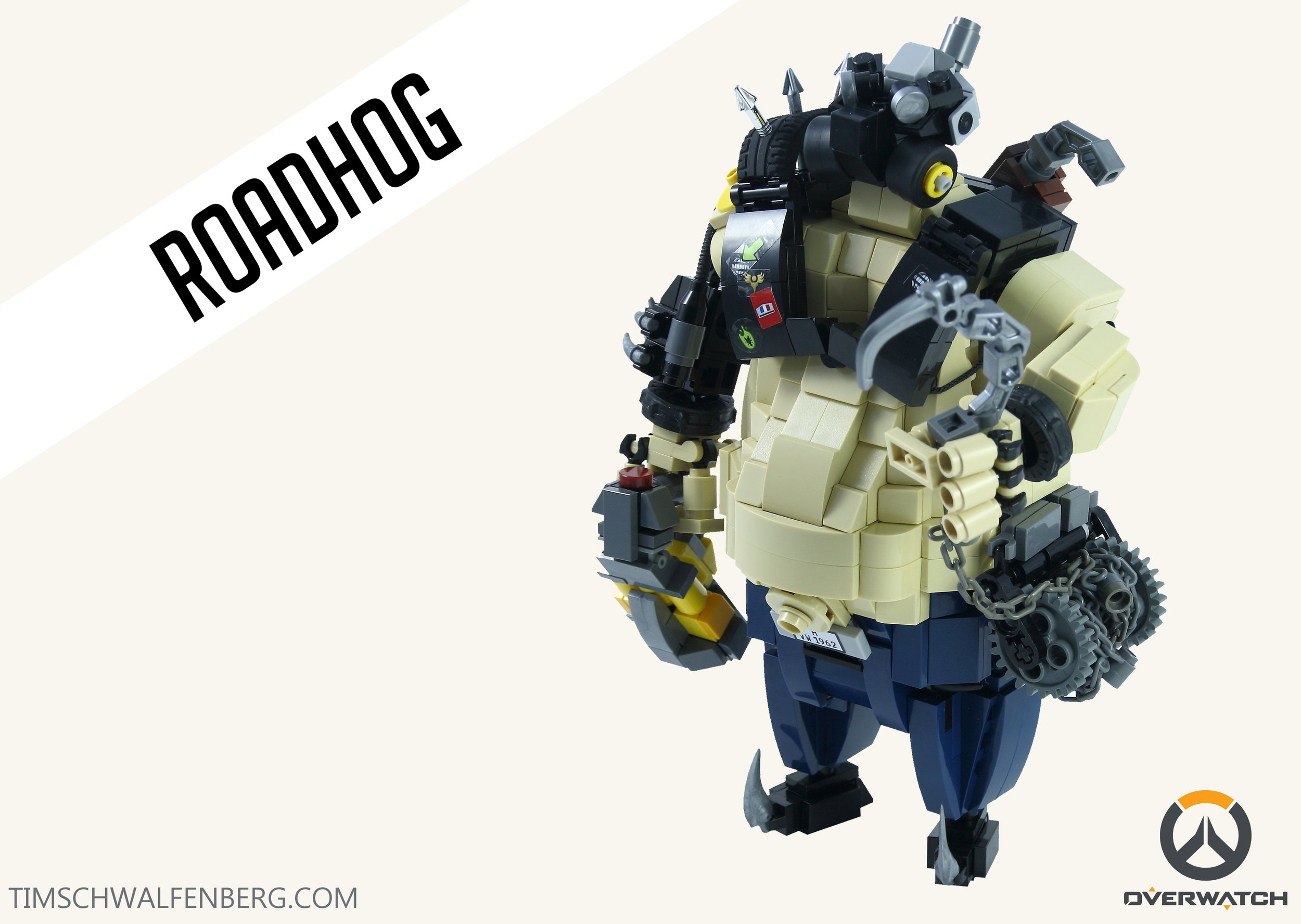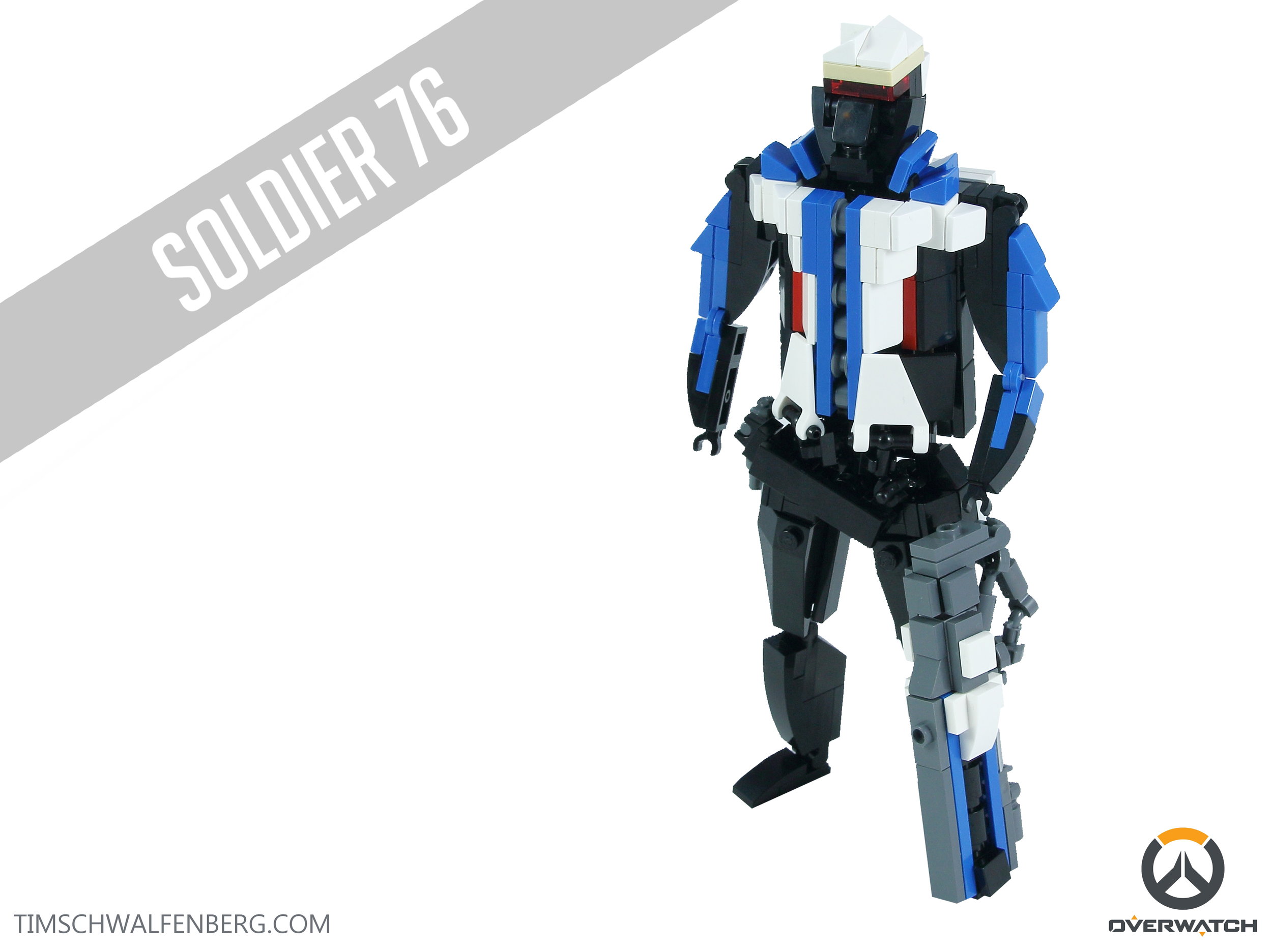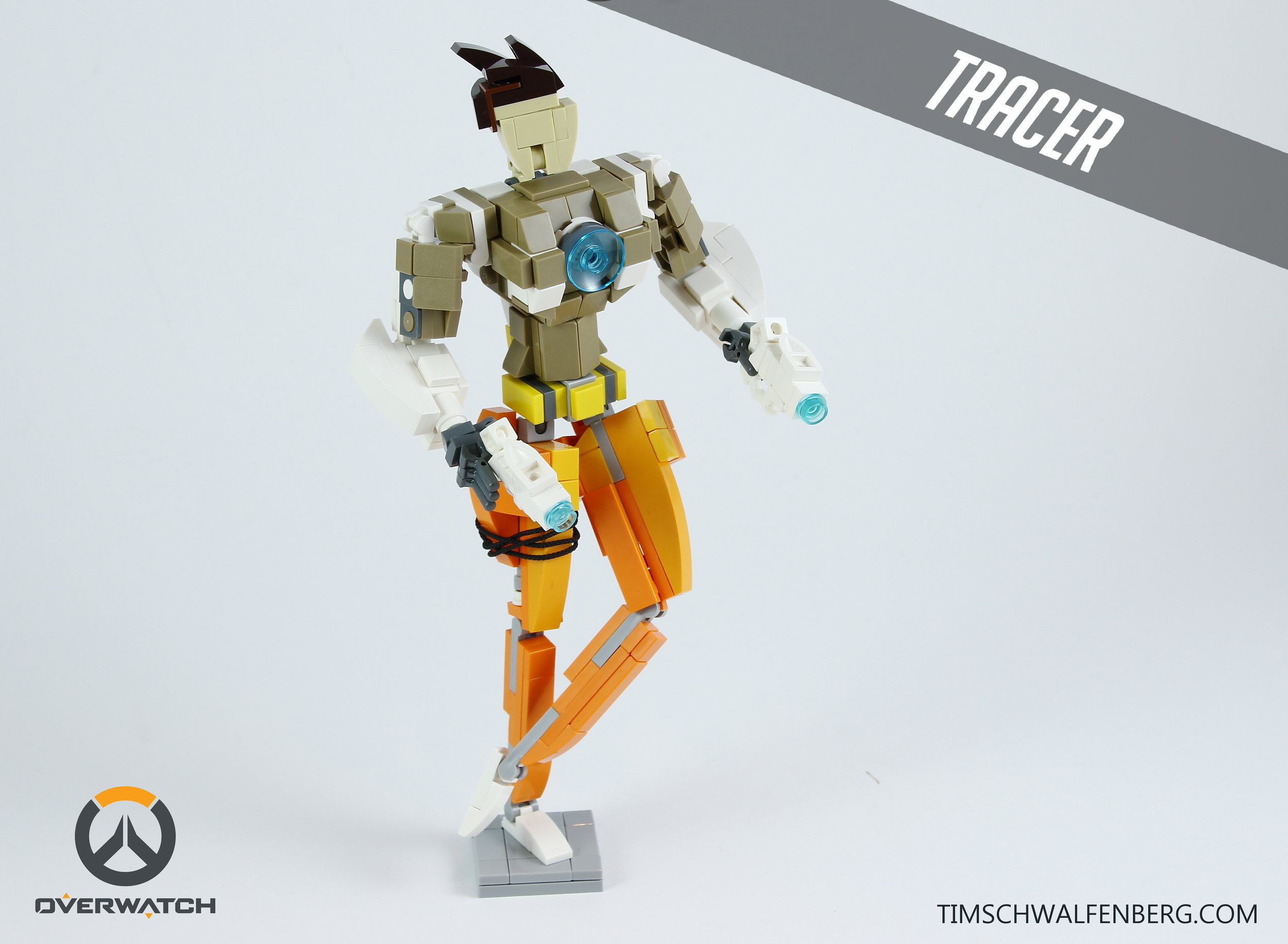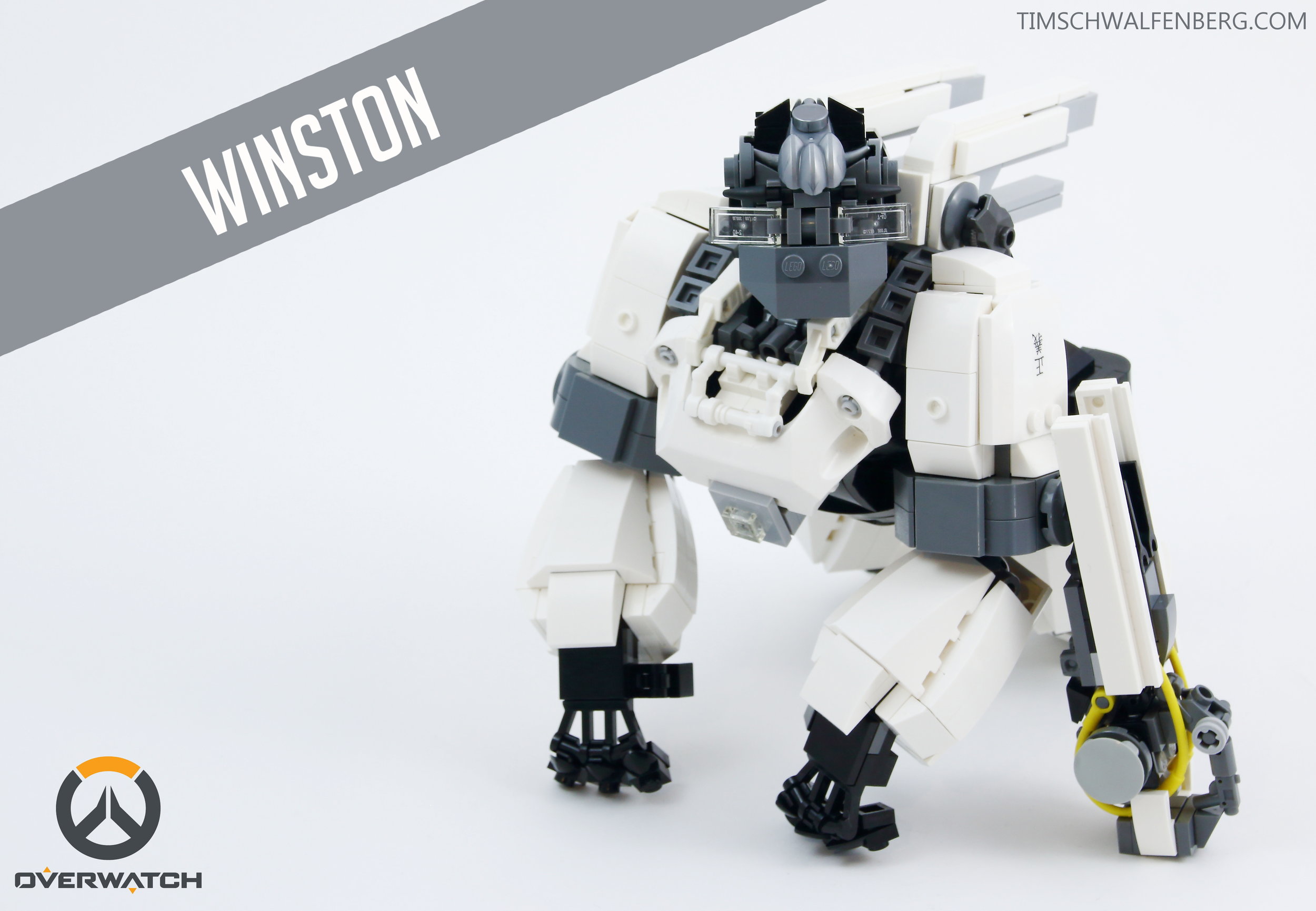I've been meaning to build something from my favorite fantasy series, The Stormlight Archive, out of LEGO for quite some time. If you haven't read the series, I highly recommend it! The books are full of magic, mystery, spellbinding fight scenes, wonderful characters. Not to mention, they a perfect escape from the real world during the time of COVID.
This is probably one of the tallest builds I have made in a while (in fact I would have made it taller if I hadn’t run out of bricks! It was a unique challenge trying to craft some of the unique flora and fauna from the world of Roshar, and as a whole, I’m happy with how it all turned out. I also had a lot of fun experimenting with lighting to try and get the effect of the blazing hot sun trickling down into the chasms.


















